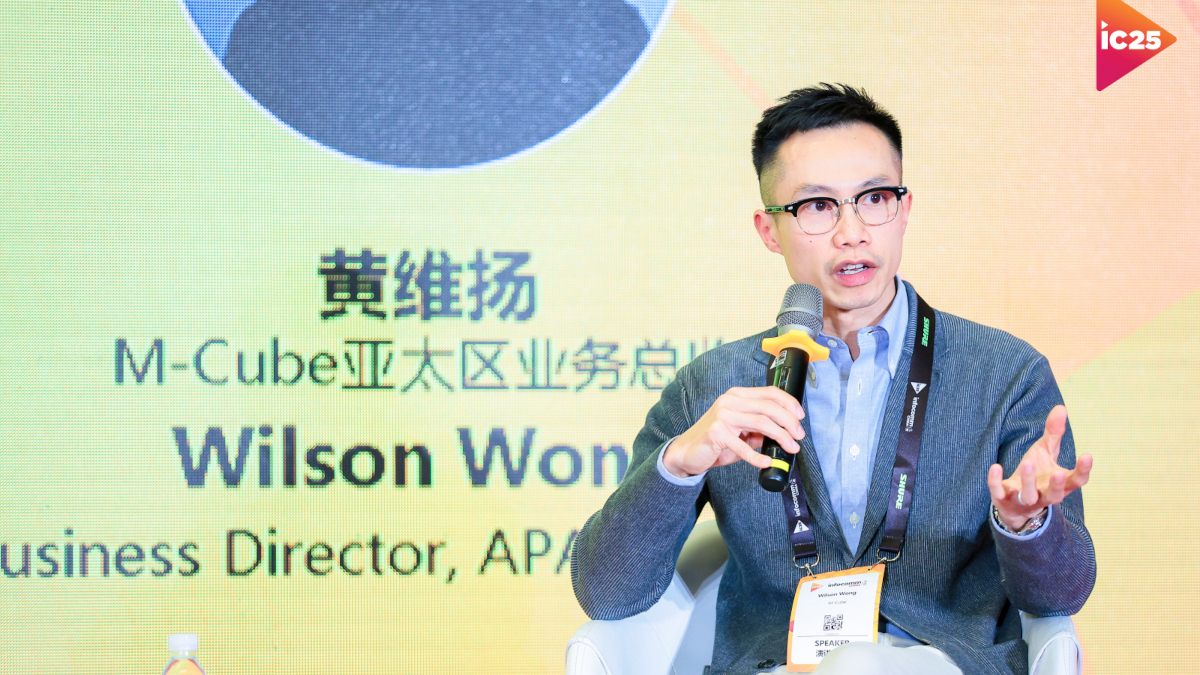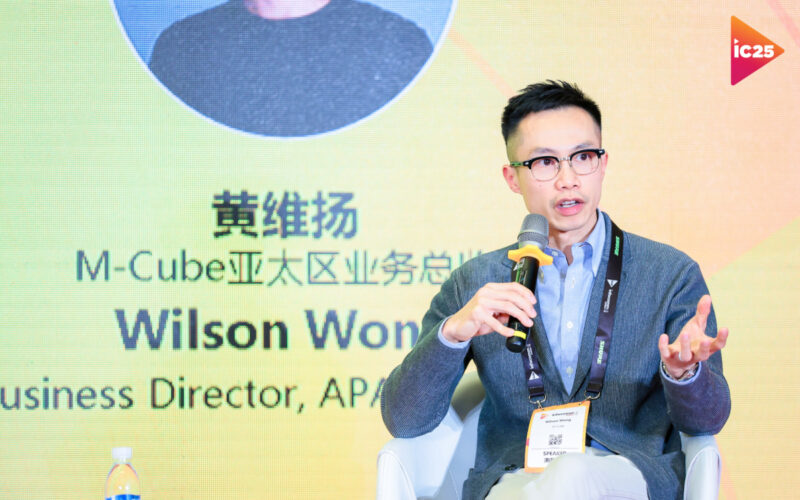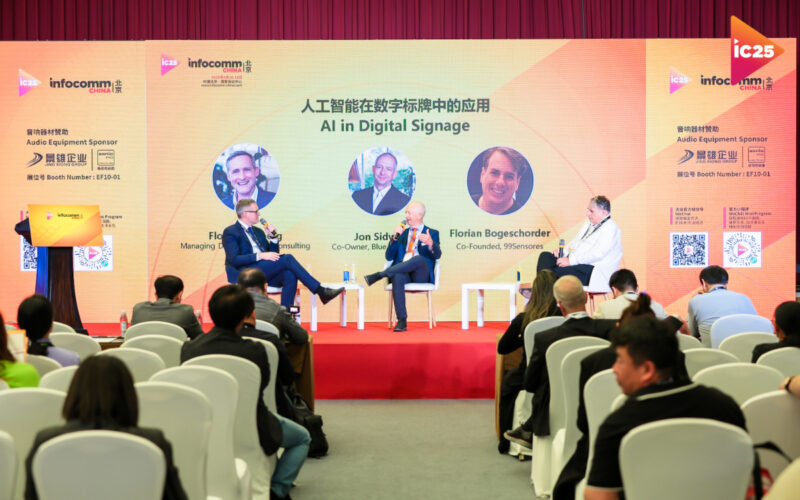Beijing | Since the pandemic, China’s domestic economy still hasn’t fully bounced back, even with a reported 5% GDP growth. Now, with new U.S. tariffs looming, the export business is under pressure too. It’s a tough environment for digital signage integrators.

China: From Localization to AI-Driven Experiences
The Chinese digital signage industry can be split into two categories. One includes export-focused hardware manufacturers like Lenovo, Absen, and BOE, which are among the top producers worldwide. The other consists of integrators and software developers who mainly serve the domestic market. In recent years, two European companies—M-Cube and Trison—have also entered the premium segment alongside many Chinese providers.
However, new digital signage projects have become less common in the once booming market, whether in luxury retail or supermarkets. And simple installation projects aren’t very attractive. That’s why taking a holistic approach to digital experiences is now immensely important to gain a competitive edge. Basic “hang and bang” setups are no longer enough—the trend is moving toward fewer but more complex projects that are scalable, remotely monitored, and networked.




Focus on Data and Scaling
While European integrators like M-Cube are still valued for their ability to localize global concepts, they are now shifting their focus. They are increasingly offering scalable retail experiences with complex backend integrations, comprehensive managed signage solutions, and are expanding their customer base in China by taking on projects in neighboring countries as well.
As part of Infocomm China’s supporting program, invidis hosted the annual Digital Signage Conference last week. We were pleased to welcome Wilson Wong, the new Asia representative of M-Cube, for a Fireplace Chat. Wong, who previously worked in Samsung’s B2B display solutions division, has been leading M-Cube’s APAC operations from Hong Kong since September 2024.
With its own digital experience platform, DXP One, M-Cube believes it is well positioned to integrate ERP, CRM, and AI-driven data sources into digital signage solutions—capabilities that are becoming increasingly important in the Asian market.
AI & IoT
AI is impossible to ignore in China right now. Jon Sidwick, ProAV consultant and AI expert, and co-founder of Blue Touch Paper, talked about how AI is shaking things up in the ProAV and digital signage world. From analytics to generative and now agentic AI, these technologies are quickly changing the way businesses operate. Still, there are limits to the disruption—both in Western markets and even more so in China. Unlike at ISE, however, AI was omnipresent in Beijing, with nearly every booth having some kind of AI-based solution on display.
Economic crisis hits ProAV integrators hard
In China, the digital signage market is highly competitive, with low margins and limited added value. Since the pandemic, the number of integrators has likely been cut in half. While exact figures are hard to come by, major manufacturers agree—there’s been a noticeable drop in the number of active integrators.
Unlike in Western markets, IT integrators in China haven’t yet fully tapped into the digital signage space. But as the market shifts from simple “hang and bang” installs to more sophisticated managed services, IT integrators are expected to step in and take a larger role.

